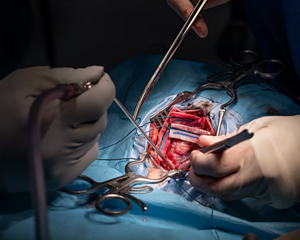"The problem with neurosurgery," says Eelco Hoving, a pediatric brain surgeon, "is that it is very unforgiving."

While a quick section can help identify what kind of tumor is present in just 15 to 20 minutes, it's far less reliable than the slower method.











